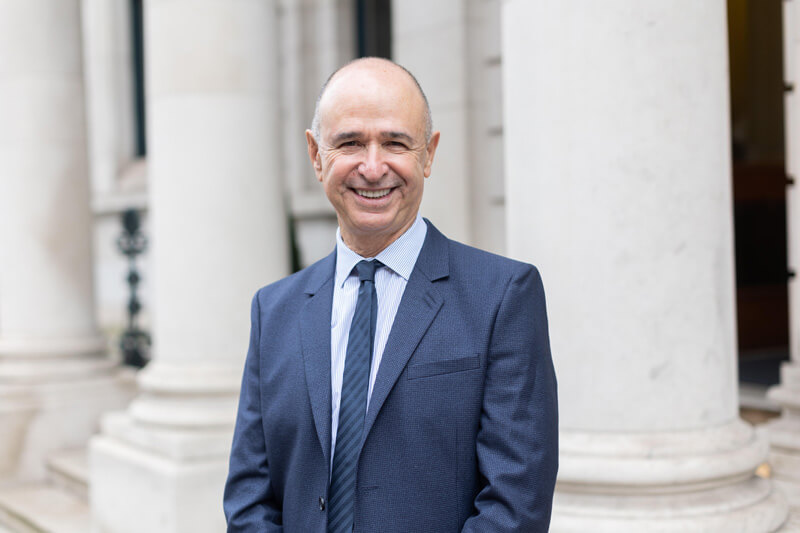
The role of patients in their safety is one that has been identified as of key importance to achieve true safety. We have the admirable Patients for Patient Safety, who do a magnificent job highlighting what is needed, but they are fighting an uphill battle to place patients at the core of patient safety, writes Dr. Peter Lachman.
The safety movement started in earnest with the publication of To Err is Human 24 years ago and health organisations worldwide began programmes to address the challenges of keeping people safe when they are in the care of doctors, nurses, and during all health interventions. Unfortunately, the concept of patient safety that developed has not always been person centred and has placed the organisation at the centre.
A defensive approach was often adopted and patient safety went down the rabbit hole of seeing patient safety only through the lens of adverse events rather than that of harm prevention. Risk managers became adverse event investigators. While this was important, it is only a small part of safety. Risk management was seen as the process of managing adverse events and protecting organisational and clinical reputation rather than proactively managing risk. A recurring theme in reports on adverse events investigations has been the lack of transparency and accountability, a failure to listen, the lack of inclusion, a culture of indifference to what really matters to people, both the people called patients and the people we call health professionals.
Amalberti and Vincent called for us to manage risk proactively. This involves use of the different elements of patient safety science, i.e., human factors and ergonomics, reliability theories and methods, learning from adverse events and introduction of proactive risk management, including concepts of situation awareness and harm prevention rather than reaction to adverse events. The concept of Safety 2 introduced the need for resilience and learning from what works well thereby building resilience into the system. This includes the concepts of psychological safety where people feel safe and can address the challenges of the complexities of our work.
So where are the people who are patients in all of this? At the recent Ministerial Summit in Santiago Chile, the World Health Organisation launched the Patient Safety Rights Charter. The charter supports the implementation of the Global Action Plan for Patient Safety. Ten fundamental rights were developed by patients for patients and are a mirror to our service delivery which we all need to recognise, respect, and respond.
Patients demand the rights to:
- Timely, effective and appropriate care;
- Safe health care processes and practices;
- Qualified and competent health workers;
- Safe medical products and their safe and rational use;
- Safe and secure health care facilities;
- Dignity, respect, non-discrimination, privacy and confidentiality;
- Information, education and supported decision making;
- Access medical records;
- To be heard and fair resolution
- Patient and family engagement
A “Right”is more than an expectation as it implies that this is what patients must receive. The problem is that, as we look at each of them, we will soon realise where we are delivering on the Rights to safe care and where we are not. And this must be assessed through the eyes of the patients not those of the healthcare organisation. I choose one for example. How easy is it for patients and families to have easy access to their patient records? Do we have multiple hurdles for patients to have access to their records or are they freely available?
All who read this list of reasonable and rational set of Patient Rights for Safety will accept that this is exactly what we want when we receive healthcare. As executives and managers who play an important role in healthcare policy development and implementation, we need to ask ourselves where we are on each of the Rights and what must we do to meet them.
The ball is now in our court, so let’s respond and act now.
Peter Lachman

